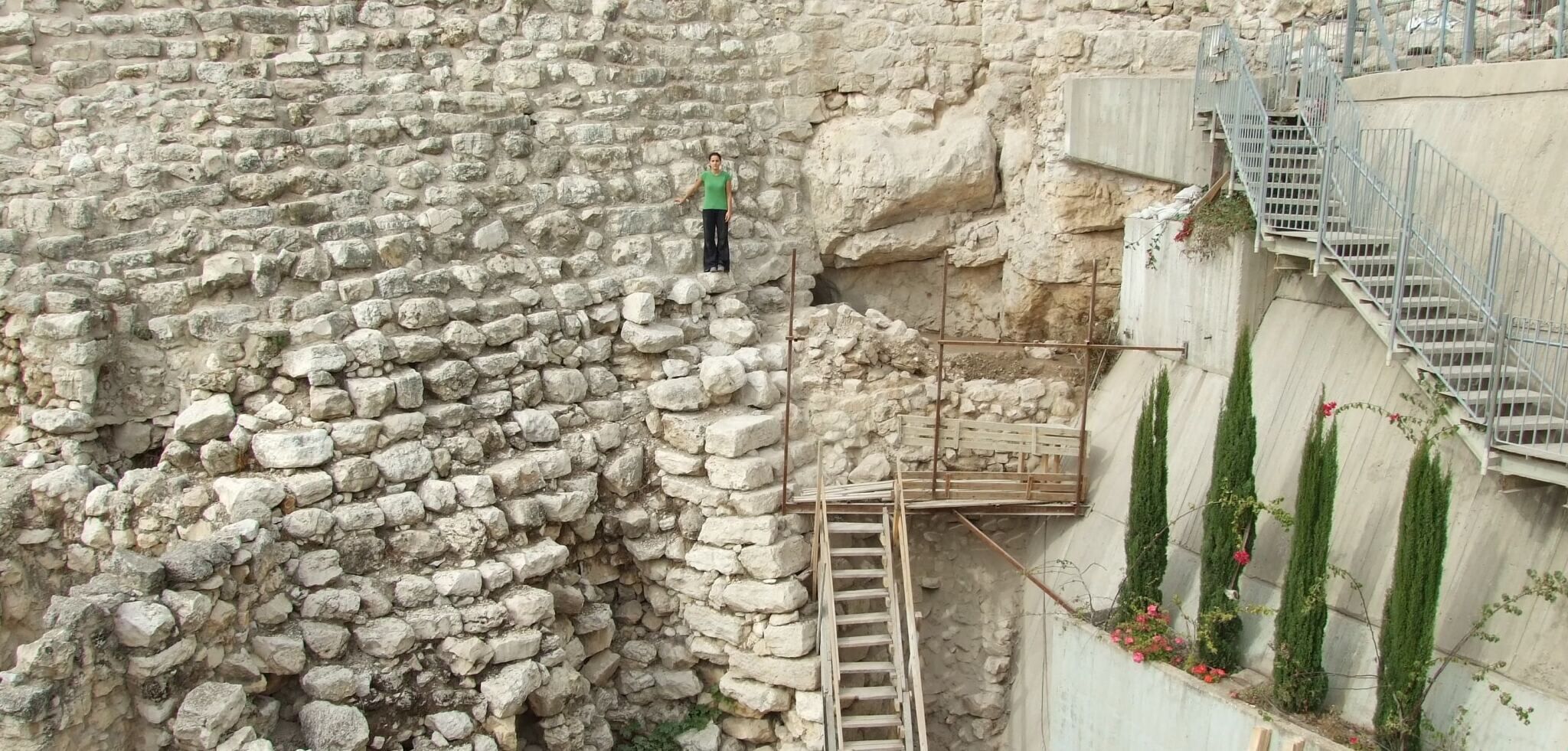The third season (2007–2008) of the late Dr. Eilat Mazar’s excavation at the summit of the City of David yielded some tiny but incredibly important archaeological discoveries. They are among the most important discoveries of any excavation in Jerusalem.
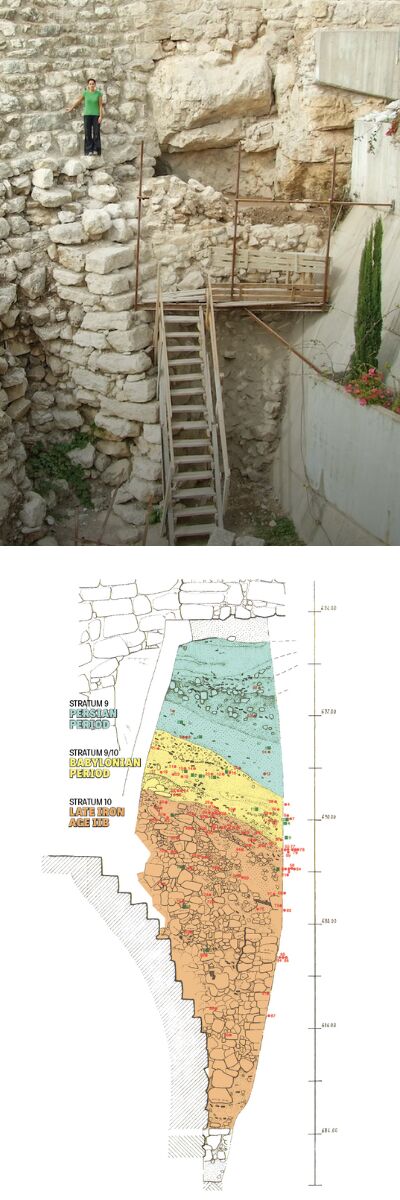
The excavation was divided into two areas. The first area was on top of the ridge, situated on the Large Stone Structure (also known as “King David’s Palace”). The second area, which we called Area G, was a small patch of earth against the famed Stepped Stone Structure. (It just so happened Dr. Mazar’s Area G was adjacent to Prof. Yigal Shiloh’s Area G from the 1980s.)
When we first started work on Area G it was so small there was space for only two diggers. I was one of those diggers and was able to support Dr. Mazar in Area G from start to end. At first, I was the assistant supervisor to Dr. Yoav Farhi and, later, the overall Area G supervisor. By the end of the excavation, we had dug through more than 9 meters of debris, and the area was large enough for five diggers.
Area G was tiny, especially compared to the excavation of the Large Stone Structure above. But it furnished some astonishing and important finds. These are presented in detail by Dr. Mazar in her final report: The Summit of the City of David Excavations 2005–2008.
The top layer in Area G dated to the mid-fifth century b.c.e., or the Persian Period (around the time of Nehemiah). The layer below this furnished archaeology that indicated it was a transitional period between the Babylonian and Persian periods.
Beneath this level was roughly 6 meters of material full of pottery, seals and other artifacts. And it all dated to the destruction of Jerusalem in 586 b.c.e. It was incredible: We excavated about 45 cubic meters—or four full dump trucks—of debris from the time of Jeremiah and the Babylonian invasion.
Dr. Mazar recognized the significance of the fill we were about to remove from Area G and decided to do something novel (and expensive). She instructed that all of the material taken from Area G be wet-sifted. Practically, this meant that four dump trucks worth of fill had to be emptied on a wire mesh and washed by hand with water. Anything bigger than 4 millimeters by 4 millimeters that remained on the mesh was examined on the wet-sifting tray by a trained professional.
The number of items (as well as the variety) we found was extraordinary.
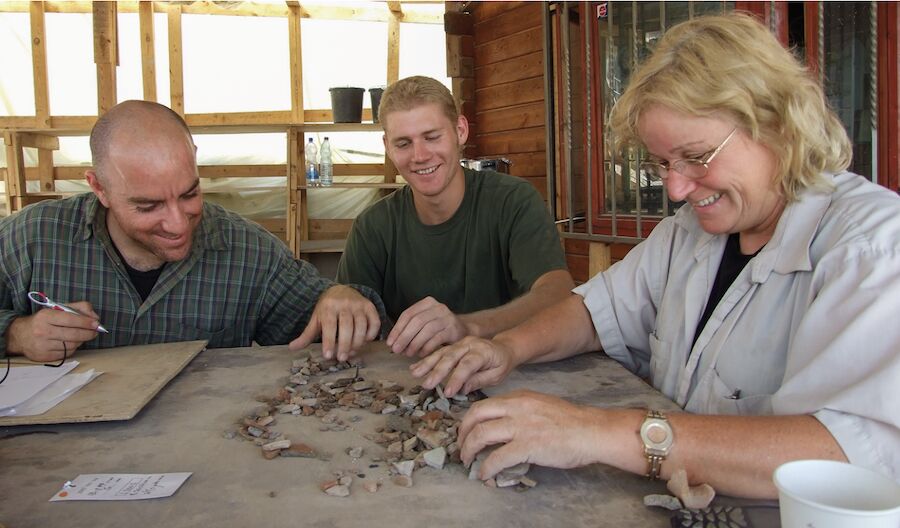
Area G furnished 107 seal impressions or fragments with discernible writing or imagery. Only one of these was found in the field—the rest were found in the wet-sifting process. Sixty-four of these had legible paleo-Hebrew script inscribed with the names of Jerusalemites at the time of Jerusalem’s fall. One seal impression carried the name of a Judean prince documented in the biblical text—Gedaliah son of Pashur (Jeremiah 38:1).
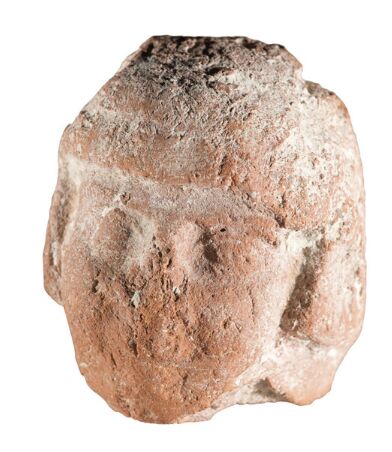
The debris also provided a glimpse into the religious worship in Jerusalem in the years leading to its fall. In total, 16 pieces of female clay pillar figurines were discovered, including several exquisitely carved female heads. Added to this were 25 pieces of zoomorphic figurines, 20 of which were horses. This was clear evidence that Jerusalem, as the Bible records, had a major problem with idolatry at the time of its fall.
Area G also provided abundant faunal remains from the time leading up to Jerusalem’s fall. The animal bone assemblage included remains of goats, sheep, camels, cattle, deer, gazelles, dogs, cats, geese, partridges, domestic fowls, and even two tortoises. Over 3,000 fish bones were also discovered. An analysis showed over half of these were from porgies. Other saltwater fish included mullet, drums, croakers and, to a lesser extent, groupers and sea bass. The freshwater fish included North African catfish, Nile perch and, to a lesser extent, carp and cichlids.
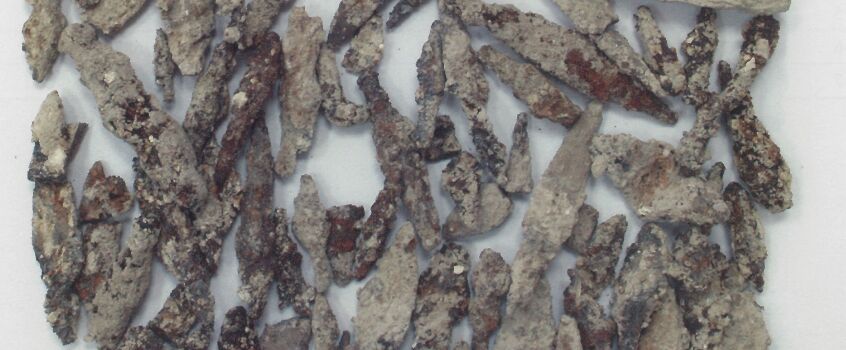
Finally, there was sizable evidence of a military campaign. Most of this evidence came in the form of arrowheads. More than 100 individual arrowheads were discovered—the most from any excavation in Israel from the period of the Babylonian invasion. The majority of these arrowheads were made from iron (83 percent); the rest were bronze.
All the bronze arrowheads were of the trifold Irano-Scythian type introduced to the Near East by the Scythians in the late seventh century b.c.e., in vogue during the Babylonian and Persian periods. This type of arrowhead is considered more advanced than the typical tanged arrowheads of the time.
According to the final report coauthored by aiba’s Victor Vejil and Dr. Mazar, “the presence of the bronze Irano-Scythian arrowheads, as well as the probability that they were the result of a major battle most likely involving a professional or an imperial army, are strong evidence that these arrowheads are associated with the 586 b.c.e. Babylonian conquest of Jerusalem.”
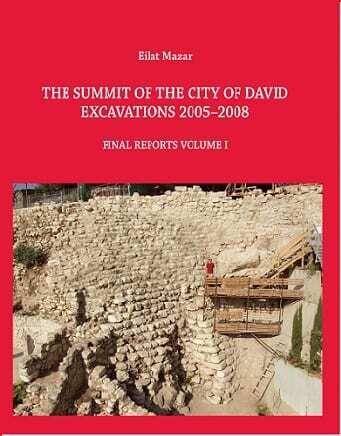
What does the archaeology of Area G tell us? Whether it’s the names of the individuals uncovered (the seals), their religious practices (the figurines), their diet and even the weapons of the invading army, the archaeology of Area G provides a snapshot of Jerusalem just before the Babylonian invasion. And that snapshot, remarkably, fits beautifully with the account documented in the biblical text.
Let’s also remember Eilat’s brilliant decision to wet-sift the entire area. It added to the overall cost of the excavation and created a lot more work for those of us on her team—but was it ever worth it!
To purchase the complete 500-page scientific final report of Eilat Mazar’s excavation of Area G, visit ArmstrongInstitute.org/publications.
